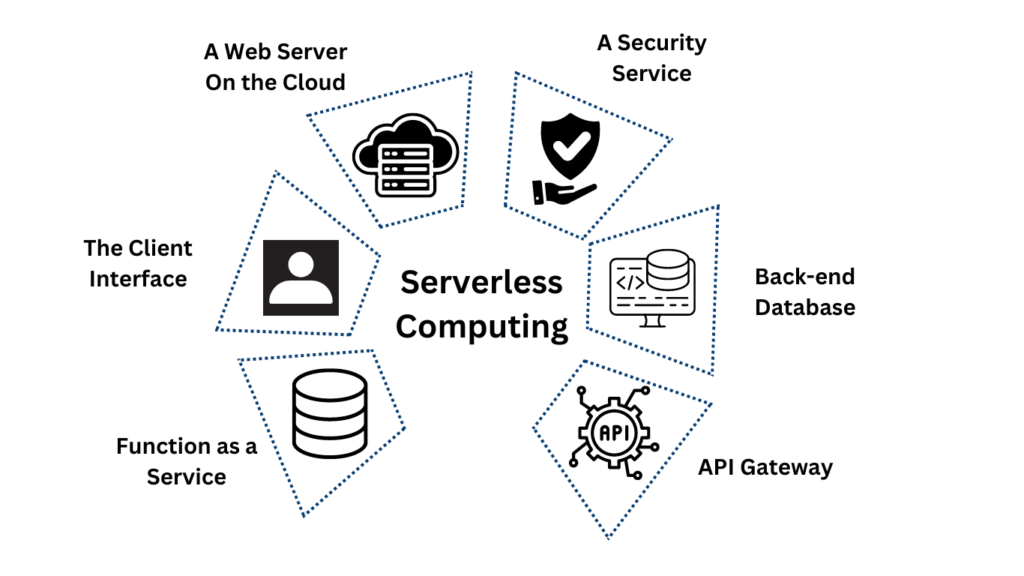Serverless Computing
Our Service > Page
Serverless Computing: Revolutionizing the Future of Application Development
In the realm of present day software improvement, serverless computing has emerged as a transformative paradigm, promising more scalability, decreased operational overhead, and stronger improvement agility. This blog explores the concept of serverless computing, its advantages, key use instances, and concerns for companies looking to leverage this innovative method.
Key Benefits of Serverless Computing
Scalability: Serverless architectures inherently support auto-scaling. Functions are finished in response to demand, ensuring that programs can handle various workloads without manual intervention. This scalability function gets rid of the want for potential making plans and lets in programs to seamlessly accommodate spikes in site visitors.
Cost Efficiency: Organizations benefit from fee performance with serverless computing due to the fact they handiest pay for the sources consumed at some point of feature execution. There are not any charges related to idle sources, making serverless a cost-effective choice for packages with unpredictable usage patterns.
Reduced Operational Complexity: Serverless computing abstracts away infrastructure control tasks consisting of server provisioning, protection, and scaling. Developers can cognizance more on writing code and much less on handling infrastructure, lowering operational overhead and accelerating time-to-marketplace for brand spanking new capabilities.
High Availability: Cloud providers presenting serverless systems normally make sure excessive availability by means of routinely replicating capabilities throughout a couple of availability zones. This redundancy minimizes the danger of downtime and complements the reliability of applications.
Increased Developer Productivity: Serverless architectures promote faster development cycles and new releases. Developers can quickly deploy small, impartial features, test them in isolation, and combine them into large applications without the want for complicated deployment approaches.

Use Cases for Serverless Computing
Web and Mobile Backend: Serverless computing is nicely-applicable for constructing backend services for web and mobile programs. Functions can handle API requests, manner records, and integrate with databases and different services, providing a scalable and value-effective answer.
Real-time Data Processing: Organizations can use serverless computing for actual-time statistics processing duties which include circulate processing, information differences, and event-pushed analytics. Functions can react to incoming information occasions right now, making sure timely processing and evaluation.
IoT (Internet of Things): Serverless architectures are perfect for managing IoT tool data. Functions can method sensor statistics, cause moves based on predefined policies, and combine with IoT structures to manipulate device communications and data flows effectively.
Scheduled Tasks and Cron Jobs: Serverless platforms help scheduled execution of capabilities, making them suitable for performing periodic responsibilities which include records backups, document technology, and gadget preservation scripts.
Chatbots and Voice Assistants: Serverless computing can electricity chatbot and voice assistant applications through executing features in response to consumer queries or instructions. Functions can combine with natural language processing (NLP) services and backend systems to supply personalized responses in actual-time.
Serverless computing represents a paradigm shift in how companies layout, set up, and manage packages within the cloud. By leveraging the scalability, price efficiency, and operational simplicity of serverless architectures, businesses can boost up innovation, improve agility, and deliver compelling consumer reports. As the era matures and adoption grows, serverless computing is poised to redefine the landscape of modern software development, empowering businesses to focus more on innovation and less on infrastructure management.

